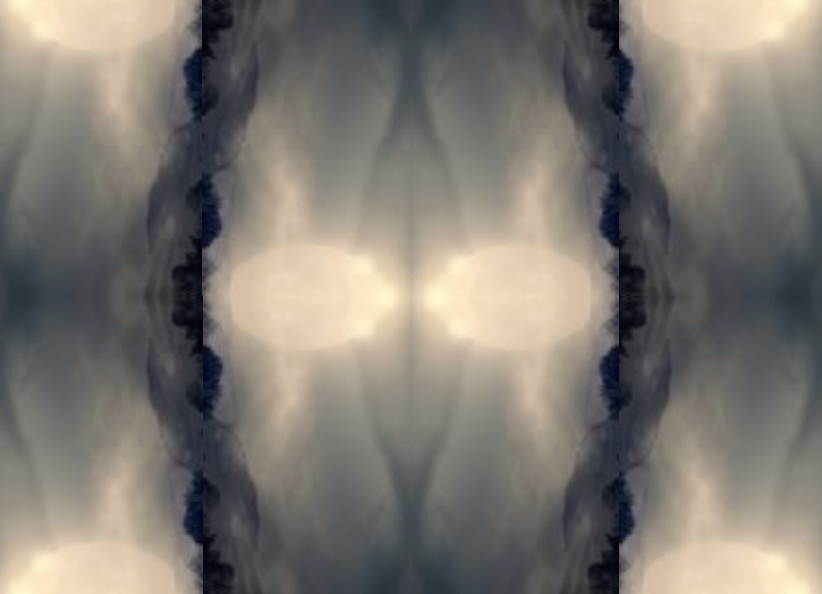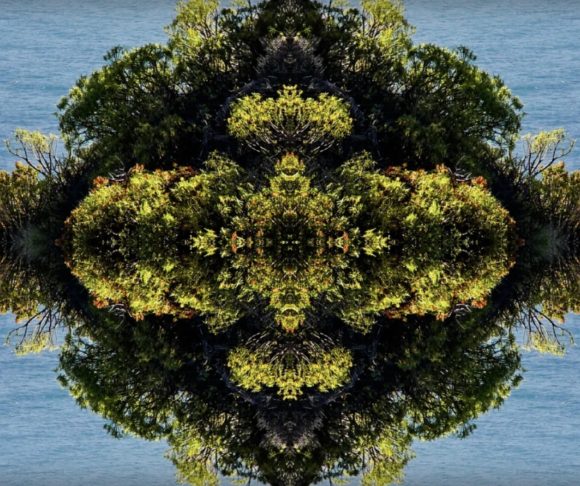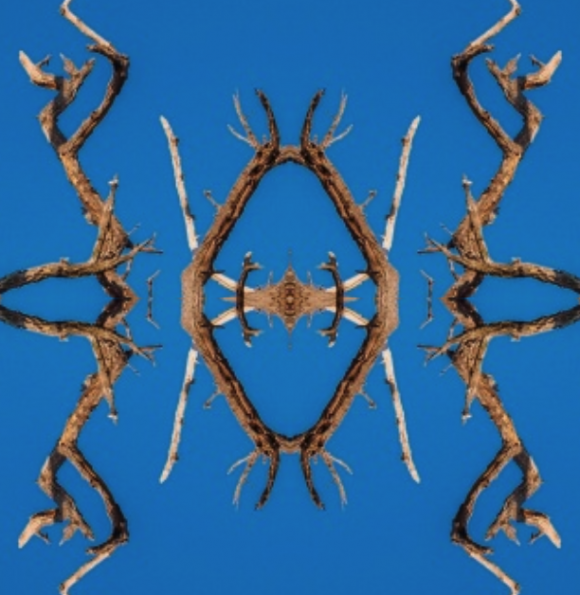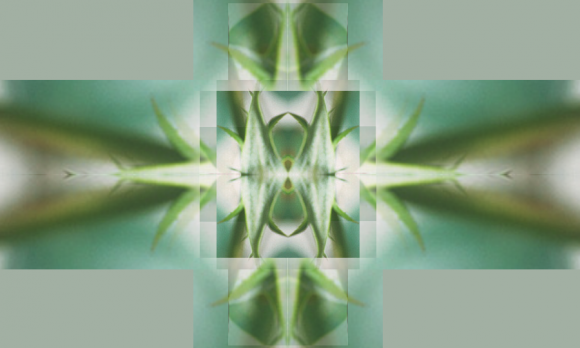I have written last week about a certain point Jung makes both in the synchronicities essay and in the spirit essay. The point is that the archetypal idea of a “hidden meaning behind chaotic events in life” appears when subjects find themselves in certain types of situation: namely, seemingly impossible situations, when it seems that “there is no way out”.

The spirit essay traces this dynamic through storylines (and personage) of fairy tales: the archetype of Spirit (Wise Old Man) appears to the hero at crucial junctions in the plot where good advice is desperately needed (GW IX/I, §§398, 401). The synchronicities essay points it out more abstractly, as a shared characteristic of moments where synchronicities appear (see esp. GW VIII, §§847-848, 895).
There is a third line of thought in Jung’s work which arrives at the same point, but via an entirely different route. We have looked at the idea of “integrating” archetypal contents into consciousness. This process most likely begins with a person’s realization that they have certain elements in their personality which they never developed (e.g. a creative streak), and which have gradually sunken into their personal unconscious: their “shadow”. Contrary to popular opinion, the shadow is not exclusively comprised of “bad” or “dark” elements of one’s personality — that is a delusion which itself is produced by an archetype, the anima; and the delusion becomes apparent and can be corrected once the person starts “integrating” the anima’s archetypal contents as well.
But the anima’s archetypal contents are, roughly speaking, precisely what makes the events of one’s life “chaotic”. And we can “see through” even that:
She is chaotic urge to live, but besides that something strangely significant also inheres in her, a secret knowledge or concealed wisdom […] behind all the cruel games with human fates is something like a secret purpose, which seems to spring from a superior awareness of the laws of living.
Sie ist zwar chaotischer Lebensdrang, aber daneben haftet ihr ein seltsam Bedeutsames an, etwas wie ein geheimes Wissen oder eine verborgene Weisheit […] hinter all dem grausamen Spiel mit menschlichem Schicksal [steckt etwas] wie eine geheime Absicht, die einer überlegenen Kenntnis der Lebensgesetze zu entsprechen scheint.
GW IX/I, §64.
This insight (this “seeing through”), however, cannot be gained by dry reading, academic study, cool reflection, … It is not something we can easily find out by just understanding the psychodynamic, intellectually. Rather, it is an experience we make, and it comes only after a thorough engagement with the unconsciousness.
And it is an experience that must go through the chaotic stage (to say nothing of the confrontation with the shadow) first. The point of view that allows the “seeing through” is from within the experience of the chaos:
One is entangled and confused in aimless experiencing, and judgment with all its categories turns out to be powerless. Human interpretation fails, for this is a turbulent life situation where no received sensemaking fits any more. It is a moment of breakdown.
Man ist in ziellosem Erleben verstrickt und verwirrt, und das Urteil mit allen seinen Kategorien erweist sich als machtlos. Menschliche Deutung versagt, denn es ist eine turbulente Lebenssituation entstanden, auf die keine hergebrachte Sinngebung passen will. Es ist ein Moment des Zusammenbruchs.
GW IX/I, §66.
Then, and only then, that archetypus of hidden meaning appears.
And there we are: Jung’s description of the path a person goes when engaging with the unconscious, when “integrating” archetypal contents, lands us in the very same scenario again: a situation of the “desperate” kind, and the appearance of the archetype of a “hidden meaning behind all the chaotic events of life”.




[…] and conversely, there can be meaning without order (including meaningful breakdowns of order). To experience meaning “behind the chaotic events of life” is not to contrast order and chaos (as if they were opposites), but rather evokes a typical […]